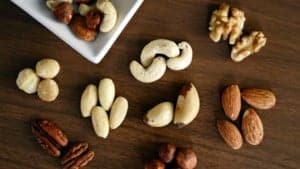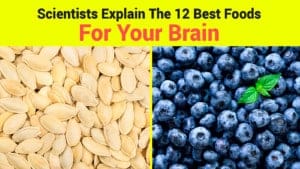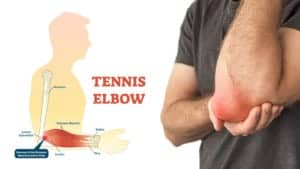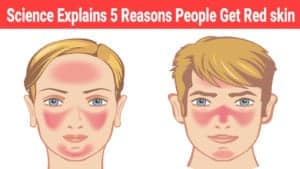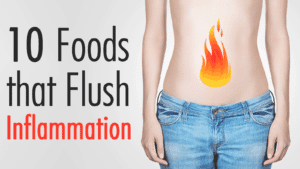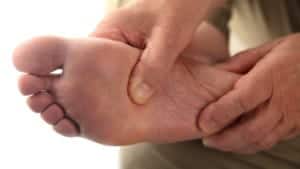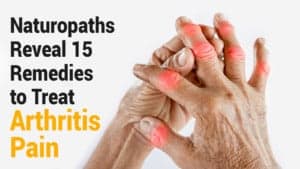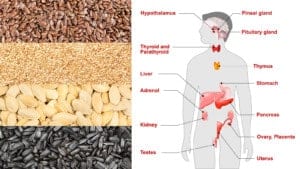Pistachios are, indeed, a great little nut that everyone loves to break out of their small shells. Try them, and you’ll discover its pure awesomeness.
The nut has been the thing of legends, being used in an assortment of foods and drinks across the world. It has even made its way into popular culture. Does anyone else remember the Great Pistachio Wars from the 1990’s show Dinosaurs?
Why Should You Snack on These Smiling Nuts?
While these are a tasty snack, with sweet and salty hints, what do they do for us, aside from test out patience? It turns out these are just short of a superfood, with some incredible health benefits. There are some significant medical studies to support these claims, surpassing hubris claims on fad nutrition and health blogs. Get past the hype and see why you should be eating more pistachios.
1 – Lowers Blood Sugar
It is pretty easy to understand that if you swap out a candy bar for any nut, you will lower your blood sugar. However, one clinical study looked at the effects of eating these nuts regularly on both fasting blood sugars as well as hemoglobin A1c levels. Participants ate about three-quarters of an ounce twice a day as a snack over the course of 12 weeks.
The results were nothing short of shocking. The fasting glucose results dropped by an average of 16mg/dl. The HbA1c results dropped by an average of 0.4%. For anyone who is not familiar with blood sugar levels, these numbers are almost the difference between being prediabetic and being diabetic. That is a significant difference when you are trying to control elevated blood sugar.
2 – Reduces High Blood Pressure
Uncontrolled high blood pressure increases the risk of severe health problems like heart attack and stroke. That means people with elevated blood pressure need to take serious steps to reduce it.
Studies have shown that taking 10-20% of your daily energy from nuts over the course of at least four weeks helps reduce blood pressure. Most nuts only lower the systolic blood pressure. However, when taken over a long period of time helps reduce both systolic and diastolic pressures.
Reducing both pressures has the most significant impact on your health. It ensures you are not putting undue stress on your heart, and protects your veins from rupturing under too much pressure. The point is that making them a regular part of your diet may help keep your blood pressure in check. Keep in mind. This is not a magic bullet. You still need to watch other factors like getting regular exercise.
3 – Balances Cholesterol
Everyone knows how vital cholesterol is to avoiding heart attacks. After all, it is the cholesterol that helps lead to the formation of plaque on artery walls, slowly restricting blood flow.
You may have also heard that cholesterol is not merely keeping the overall number down. Instead, there is a good kind, or HDL, and a bad sort, or LDL. It is balancing the two properly, which gives you the best protection.
Many studies have looked at the effect of pistachio consumption on cholesterol. What they have found is a significant decrease in LDL levels and improvement in HDL levels. What that means is a better ratio of HDL to LDL, which is indicative of better heart health.
4 – Aids in Weight Management
Some people have purported that pistachios have an effect on helping people lose weight. However, that correlation is not directly due to the consumption of the pistachio nut.
One study looked at the effect of using these as a snack compared to eating pretzels. In that study, there was no difference in actual weight, but blood triglycerides were lower. Elevated triglycerides have been linked with heart disease.
However, other studies have indicated that eating the ones that you have to shell yourself helps reduce caloric intake. This is, in part, linked to the visual cue of how much you have consumed. Further, there is evidence that only eating something helps reduce the urge to continue eating.
5 – Protects Brain Health
One of the things most people fear about getting older is some form of neural degeneration. This could be Alzheimer’s, dementia, Parkinson’s, or a host of other conditions.
Pistachios have a chemical called resveratrol in the skin, between the nut and the shell. This is a chemical constituent that has been studied for its role in cancer. However, recently this chemical has been a focus of research for neural degeneration, including Alzheimer’s.
Does this mean that they will prevent you from developing this debilitating and deadly condition? Not at all. What it does mean is that consuming these nuts will help protect cognitive function.
6 – Strong Source of Antioxidants
Antioxidants have been the focus of so many blogs for their benefits. One of the first things antioxidants do is to reduce free radicals throughout the body. Free radicals are atoms with an unpaired electron. These free radicals have been linked to some forms of cancer.
The oxidative stress they create in the body is also linked to other conditions. These include cardiovascular disease, respiratory problems like COPD, neurological disorders, inflammatory diseases like rheumatoid arthritis, and kidney disease.
Pistachios have demonstrated potent antioxidant properties due to the polyphenols they contain, specifically catechin. This strong effect on the body helps to reduce the risk of many conditions. However, keep in mind that more is not always better, as other studies have shown that consuming excess antioxidants can lead to other problems.
7 – Reduces Inflammation
Many people deal with inflammation of different types, whether from an injury or a chronic condition. In fact, some estimates suggest 60% of Americans have at least one chronic inflammatory condition. It is further estimated that 3 out of 5 people die due to one of these inflammatory diseases.
These diseases include such conditions as arthritis, COPD, cardiovascular diseases, diverticulosis, irritable bowel syndrome, and more. As you can see, chronic inflammation in the body can lead to a host of problems.
Research shows that pistachios have strong anti-inflammatory potential. This does not mean that if you have a swollen ankle, these will solve it for you. This is an example of acute inflammation caused by an injury. Chronic inflammation, on the other hand, has a different cause, with a number of various possible reasons. These tiny nuts are shown to help combat those causes.
8 – Promotes Gut Health
There has been a lot of discussion about gut health and its critical role in your overall health. That is what has led to a nearly $50 billion industry selling probiotics.
It is true, gut health impacts everything from immune function to heart health, brain function, mental health, and sleep health. That is why working to support a healthy gut is so important.
Fortunately, what you eat strongly influences your gut health. Studies have shown that nuts help to cultivate healthy gut bacteria, especially these fantastic little nuts. This means that eating these regularly will help you maintain a healthy gut microbiome, supporting many systems throughout your body.
9 – Supports Eye Health
Most people do not think much about their eye health until there is a problem with it. For instance, the CDC estimates over 12 million adults in the United States have some vision impairment. Our eyes are a significant organ that provides a vital function in how most of us experience life.
You can see that it really does make sense to try to take care of your eyes. Sure, you should have regular visits to an optometrist. Why not also do everything you can to help keep your eyes healthy. Studies have focused on lutein as a critical nutrient to help support healthy eyes.
Tree nuts, including pistachios, have a high concentration of this crucial nutrient. As you enjoy this tasty snack, you will support your eyes in addition to so many other functions of your body.
10 – Encourages Healthy Sleep
Sleep is a critical part of maintaining a healthy body. Without the proper amount of sleep, your body cannot properly repair itself. The American Academy of Sleep Medicine estimates that about 30% of adults have symptoms of insomnia.
Fortunately, it is also well known and accepted that dietary melatonin is a great way to help solve this problem for some people. Studies have indicated that pistachios have a high concentration of bioactive melatonin. Eating these can help keep your body’s clock regular so you can get the sleep you need.
Final Thoughts On Pistachios
As you can see, there are a lot of reasons to enjoy cracking open some pistachios as a regular snack. No, they may not be a magic bullet like some other foods claim to be, but they sure do taste good, and there is a lot they can do in the body.
From all the research presented, you are best to eat pistachios that are not pre-shelled. This not only helps you control how many you have but also exercises your patience and dexterity. How much should you eat are you asking? The recommended serving based on all of these studies is about 25 grams of actual nuts. This works out to be about ½ cup when they are in the shells.
So what are you waiting for? Go grab a bag and crack some open today!

